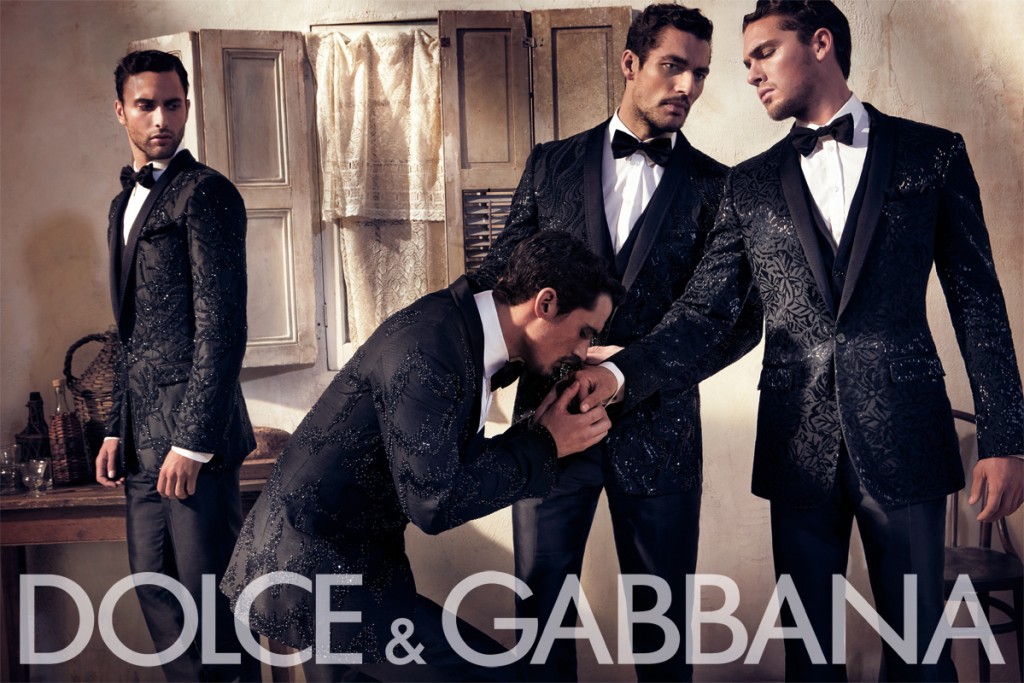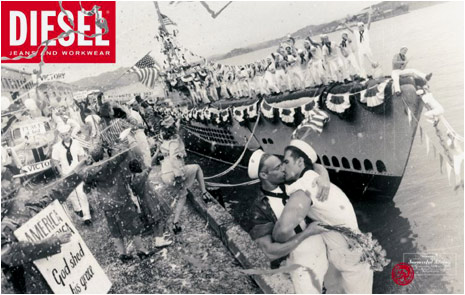|
“Maria
still viewed herself as male---in control, guiding the relationship
with Josefina, playing the field with many lovers at the same time, and
gaining the ultimate male conquest, a woman’s virginity. Her
vision of men was that they had more power and freedom than women, and
would stop at nothing to satisfy their pleasures. Maria sought the
entitlements of Mexican masculinity even as she constructed a lesbian
identity that was in opposition to patriarchal authority.”
Patricia
Zavella (1997: 403)
|
|
In the quote above, Zavella deals with how hetero-normative
romantic notions permeate into gay and lesbian relationships. In her
ethnography on political economy of Chicana/Mexicano gender and
sexuality, she talks of Maria Perez, a self-identified lesbian who took
on a male persona in her relationships. In fact, she sought out typical
feminine partners for their "innate" sense of nurture and
sentimentality. In this sense, Maria's version of gender roles for
women was "defined" and restricting, complementing those for men, which
were assertive and strong (Zavella 401). By seeking the "entitlements
of Mexican masculinity" Maria felt compelled to embody both the
authoritative, protective, and violent behaviors typical of prescribed
Mexican masculinity. Although Maria's family labeled her relationships
with other women as deviant, Maria and her partner conducted their
relationship in accordance with explicit hetero-normative frameworks,
even using terms like husband and wife. How do two individuals in general construct their sense of sexual pleasure or identity in conformity and/or resistance to cultural discourse? How is power coded into sexual behavior and relationships? |
More Images
 (Dolce & Gabbana Ad, 2006) |
 (Dolce & Gabbana, 2005) |

